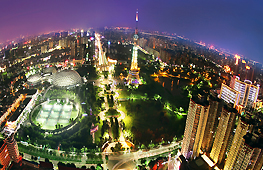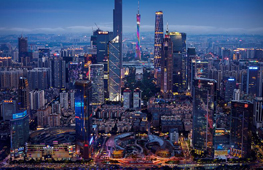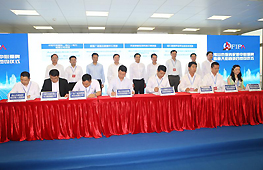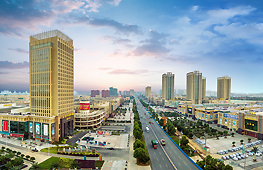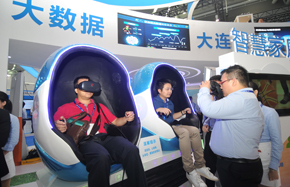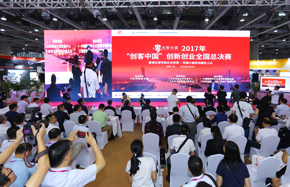Environment put first to lift quality of life
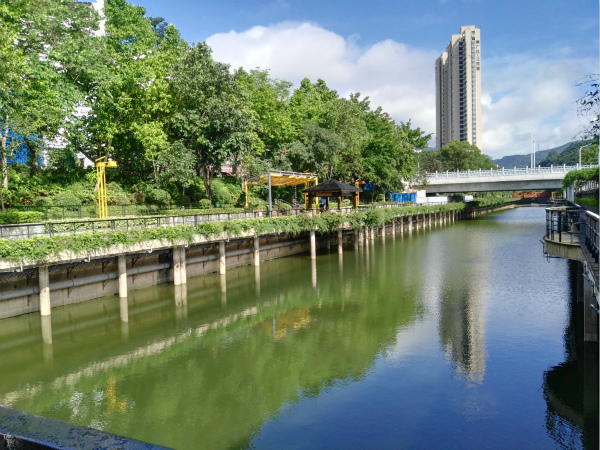 |
|
Yantian River, which was once stagnant due to heavy pollution, has become an attraction in Shenzhen after years of environmental efforts. [Photo provided to China Daily] |
While history has shown that the economic development was sometimes achieved at the cost of environmental damage, Shenzhen, a fast-growing metropolis in South China's Guangdong province, is trying to tell a different story.
The city's GDP was close to 2.7 trillion yuan ($387.4 billion) in 2019, the third-highest among Chinese mainland cities. By comparison, when the city was established in 1979, the GDP was just 196 million yuan, according to official figures.
The government statistics also indicate that the industrial output of Shenzhen totaled 3.68 trillion yuan in 2019, the highest of China's mainland cities.
Despite that remarkable growth, the city's air quality has kept improving. In 2019, the average concentration of hazardous airborne particles — PM 2.5 — was 24 micrograms per cubic meter, the lowest level since the monitoring system started in 2006. It was also the third-best performance among 168 Chinese major cities, said Liu Chuhan, director of the city's ecology and environment bureau, at a seminar in January.
The city has set a target to lower the index to less than 20 mg by 2025 and reach a world-leading level by 2035, Liu added.
In Luohu district, one of most developed districts in Shenzhen, the average density of PM 2.5 was recorded at 22.6 mg per cubic meter in 2019. It is the lowest level among the mainland districts that have achieved GDP of more than 200 billion yuan, said Tang Xiangliang, the ecology and environment chief of Luohu.
One of the most effective measures to curb air pollution is to promote the use of electric vehicles, especially in public transport, across the city.
At the end of 2017, Shenzhen became the world's first city to make all its public buses, about 16,400 of them, run on electricity. A year later, more than 21,000 taxies in the city were almost all replaced by electric cars, according to the local transport department.
The authorities estimate that replacing buses and taxis can cut the emission of carbon dioxide by nearly 2 million metric tons annually, equal to planting a forest with an area of more than 5,300 hectares.
Water pollution solved
While the sky becomes clearer, the city made a breakthrough in 2019 addressing its persistent water pollution. All 159 black and odorous water bodies and 1,467 small ones have been fully recovered, according to the city's water affairs bureau.
Five major rivers that run through the city have met national water standards and the quality of 310 of their branches have all been improved.
Maozhou River, one of the most heavily polluted in Shenzhen, started to meet the lowest national standard for qualified surface water — which can be used for agriculture or sightseeing — in November 2019. It's the best level the river has achieved since 1992.
As a result, Chinese white dolphins and jellyfish have been spotted returning to the Shenzhen Bay into which the river flows. Additionally, the number of animals, such as fiddler crabs, shuttles hopfish and pied avocet, in and along the river has increased year by year.
According to its blueprint, the city government has invested at least 100 billion yuan in water pollution treatment since 2016.
Seaside amusement
"My family enjoys living in Shenzhen because the environment is very nice. We can also escape from work pressure to have a weekend at the seaside, where everyone can fully relax," said Wang Xia, an engineer working with Huawei Technology.
Located in the east part of Shenzhen and about a one-hour ride from downtown, Dapeng New Area is an ideal choice for young people and families with children.
According to official figures, about 76 percent of Dapeng is covered with forest and its coastline is 133 kilometers long, accounting for nearly half of the city's total. What's more, 54 out of city's 56 beaches are located there.
To help preserve the natural resources of the new district, the city government exempts it from the evaluation of GDP — the only district out of 10 to have the privilege.
Kaisa Group, a local real estate developer, has been investing in and developing luxury accommodation and themed entertainment in Golden Bay, Dapeng.
The company said it paid much attention to recycling during the construction, in an attempt to minimize harm to the environment.
For example, it takes micro-sprinkler irrigation technology to save water, paves the square and roads with sponge to ensure the drainage of rainwater and utilizes a heat recovery system.
Song Ding, a researcher with the China Development Institute, said Dapeng should protect its natural resources and cultural relics when developing its tourism industry.






